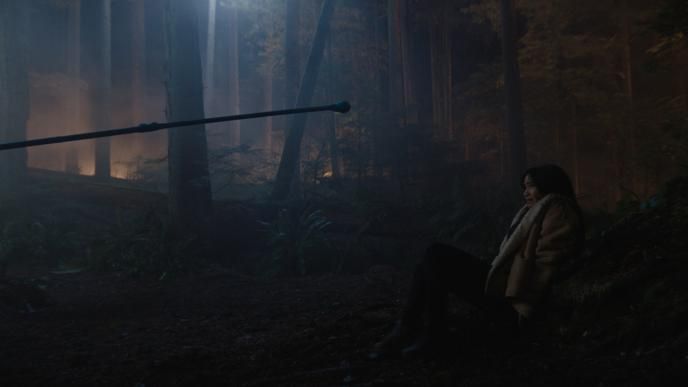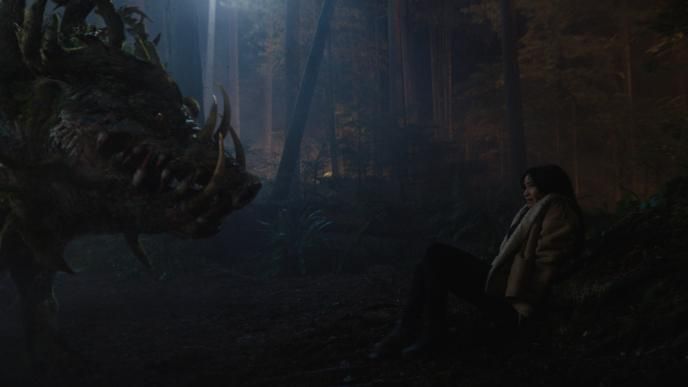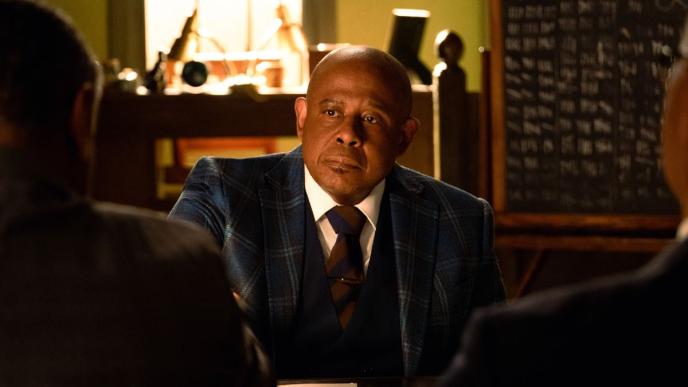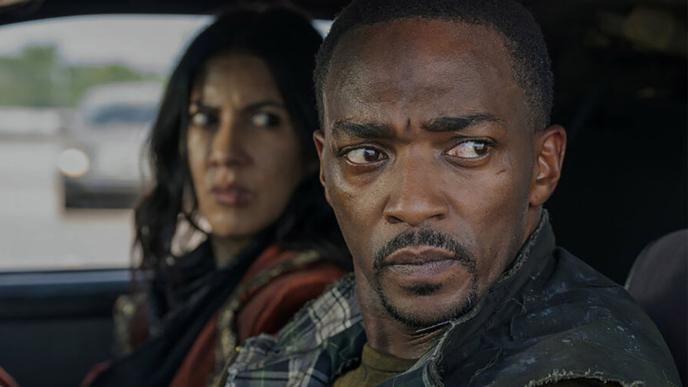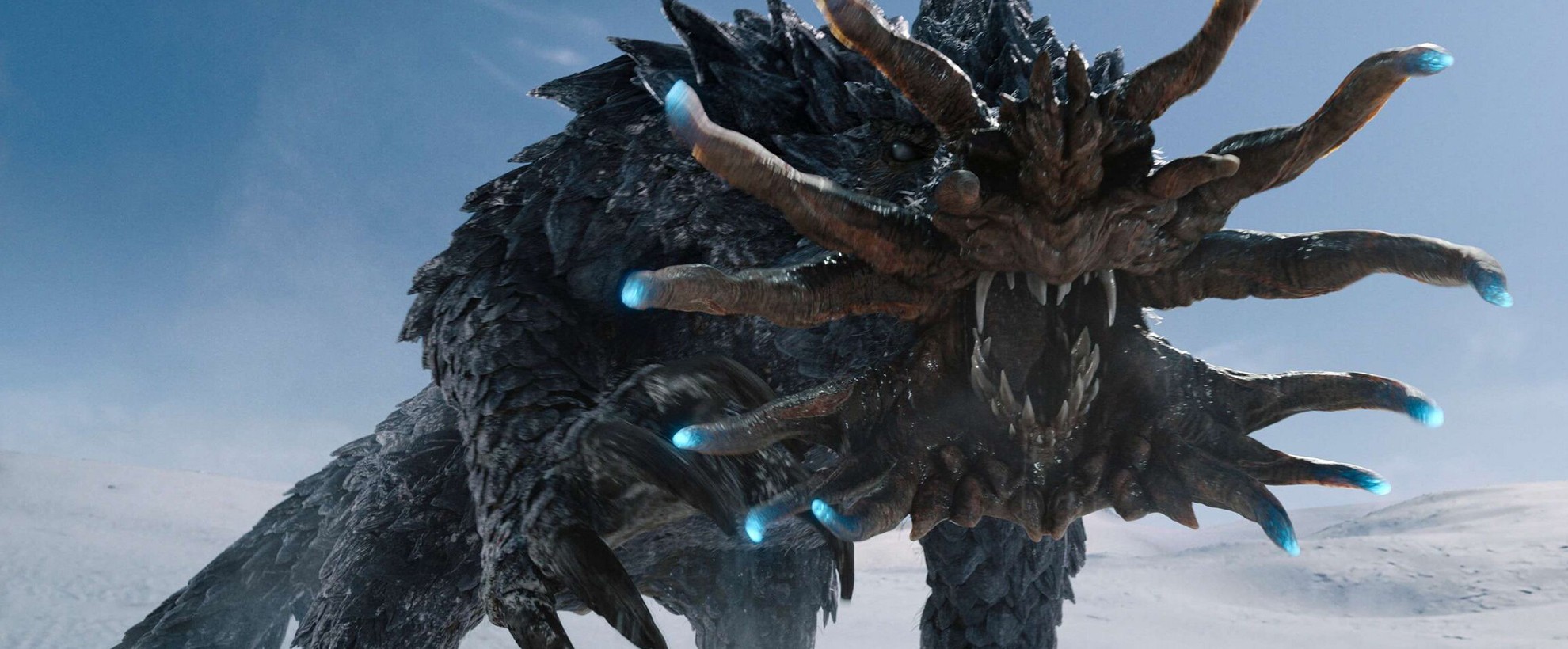
Monarch: Legacy of Monsters Season 1
Framestore’s studios in Vancouver and Montreal, led by VFX Supervisor Arek Komorowski delivered 275 shots for Monarch: Legacy of Monsters, the 10-episode series based on Legendary’s Monsterverse franchise. Working across episodes 3, 4, 7, 9 and 10, Framestore created two Titans, the Frost Vark and the Brambleboar, while also delivering a wide array of FX work.
From crafting simple vehicle assets to challenging creature designs, from intricate FX to invisible visual effects, we really had a great variety of work and a great mix of creative challenges.
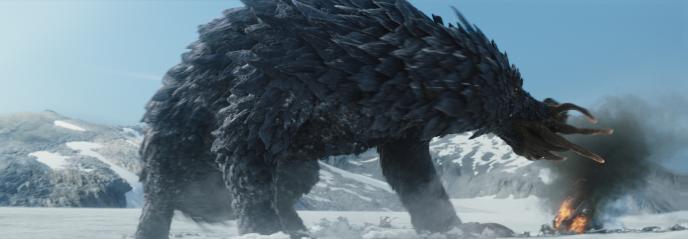
Monarch: Legacy of Monsters | Showreel | Framestore
Frost Vark, the Alaskan Mole-Like Titan
The huge, tentacle-faced Frost Vark is a mix of an aardvark, star-nosed mole and pangolin - a ferocious and impressive sight, and the Titan cited by Production VFX Supervisor Sean Konrad as his favourite, and as the most challenging to complete. Seen in episodes 3,4 and 7, the Frost Vark is a ‘thermovor’ and can rapidly absorb heat through its mouth, lowering the surrounding air temperature and freezing solid any objects or creatures in the vicinity.
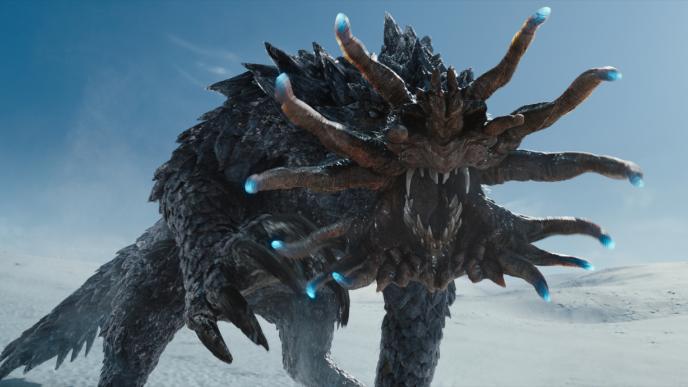
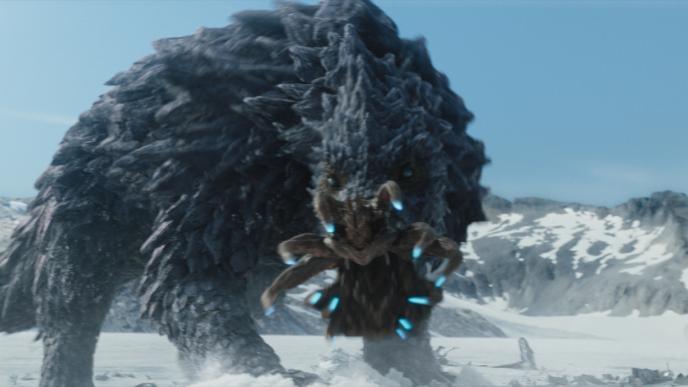
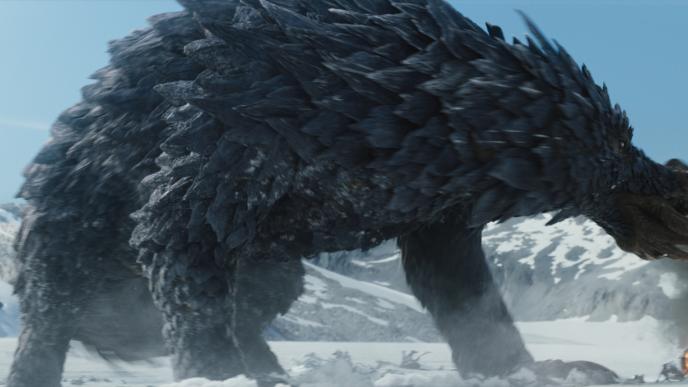
Pierre-Loic Hamon, Head of Creatures, explains the development process: "We had to transform the initial concept into something tangible, something that could live and breathe on the screen,” he says. “Drawing inspiration from real animals, our real challenge lay in the details: the scales, textures, and their interaction with the environment." The team meticulously analyzed the concept to anticipate any technical challenges, considering factors like scale management, motion range, self-collision, snow simulation, and rendering times.
The creature was designed to be large and intimidating, with a focus on making it feel heavy and aggressive. “A significant challenge was balancing the creature's weight, speed, and aggressiveness in its movements, which were inspired by various animals, including rhinos, hippos, elephants, and pangolins,” says Animation Supervisor Jye Skinn.
Most of the Frost Vark body is covered in dark blue overlapping scales, and its face is covered in small, bristly hairs. The Frost Vark's mouth features large, jagged teeth, and from each side of its upper jaw extend tendrils, with the tips of each tendril glowing blue.“Creating the scales was a major technical and creative hurdle,” explains Dave Gagnon, Creature Supervisor. “We had to ensure their movement and interaction with light were realistic, involving complex rigging, animation, and CFX. To manage the creature’s numerous scales, the team utilized LODs (Levels of Detail) techniques, essential for achieving manageable scenes across all departments,” The integration of ice and snow elements further compounded the complexity.
We used advanced simulation techniques to realistically combine scales, ice, and snow elements, with meticulous attention to convey realism, balancing the laws of physics with the effect we aimed to achieve.
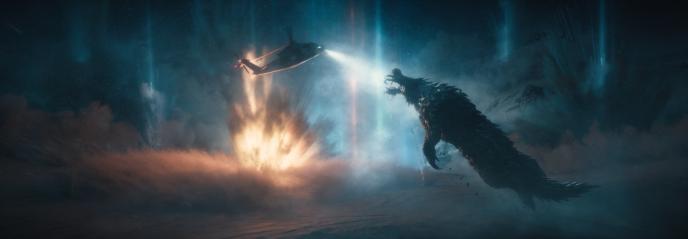
The Brambleboar Titan
The Brambleboar is seen in episode 9. Resembling a huge boar, the creature boasts twenty-five botanical horns emerging from its body and face. “In our design process, we extensively studied various foliage references, drawing inspiration from the natural world to inform the integration of branches and foliage onto the creature. Additionally, the exploration of decomposing flesh references added a layer of realism to the Brambleboar, emphasizing its organic and otherworldly nature.” says Kororowski.
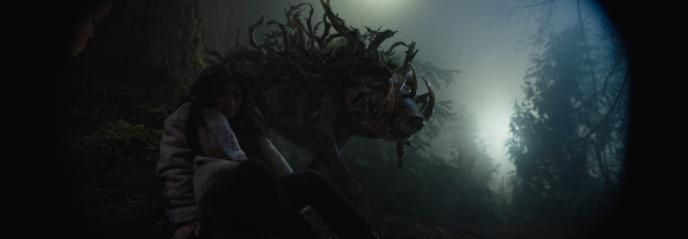
These horns were quite challenging for us in animation. We had to ensure they didn’t move in a distracting way while maintaining the creature’s sense of weight.
To further enhance the creature's authenticity, a groom simulation was instrumental in replicating various moss types growing on the boar. This detailed simulation added a layer of realism, creating an intricate and visually appealing texture that contributed to the overall organic look of the Brambleboar.
The Brambleboar is mostly seen in one atmospheric sequence, that the team approached as a whole. “For this Titan, we strategically directed our attention toward the shot context,” explains Gagnon. “The sequence takes place within a dark, atmospheric forest, where the creature is predominantly depicted through its silhouette, so we focused our efforts where it mattered the most.” Incorporating the asset in the shot context early in the process presented its own set of challenges. “It demanded a lot of flexibility from every department's pipeline, but ultimately proved to be a highly effective approach,” concludes Gagnon.

Monarch: Legacy of Monsters | The Brambleboar | Showreel | Framestore
